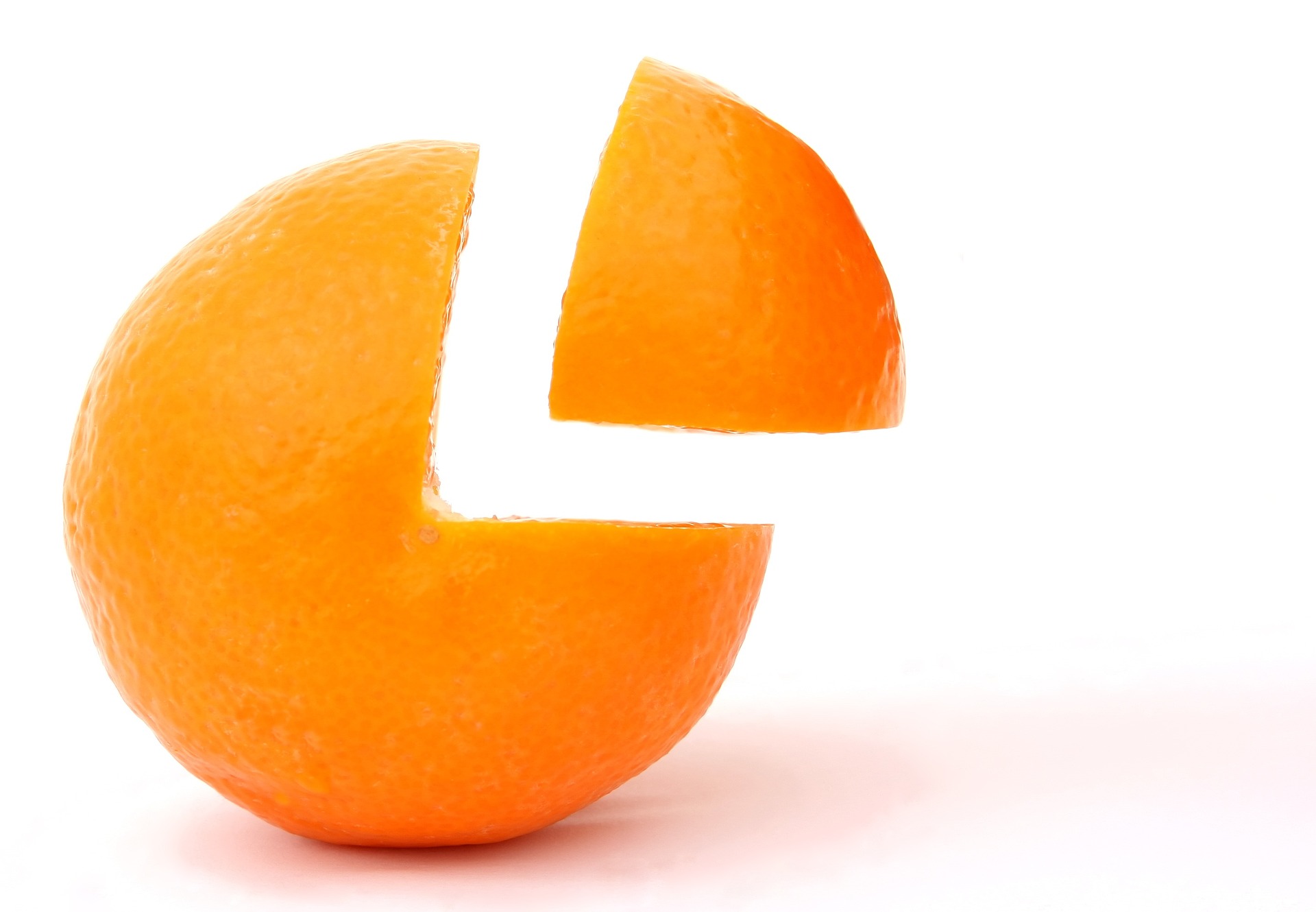
Finding the silver lining: an update on the Roche GENERATION-HD1 trial data
The first round of findings from the halted tominersen huntingtin lowering trial, GENERATION-HD1, run by Roche were shared this week with the HD community. HDBuzz explains what they found and what’s next.


On January 20th, Roche shared a set of long-awaited data from the GENERATION-HD1 trial of tominersen, a huntingtin-lowering drug. Although the trial did not meet its key goals, and too-frequent dosing may even have made patients worse, new findings have given us some cause to hope that tominersen could still benefit certain people with HD. In particular, younger participants with less severe symptoms may have fared better in the trial than others. For this reason, Roche will continue to develop tominersen by testing it in a new Phase II trial.
What we knew
Roche is one of many companies investigating huntingtin lowering therapies, with the hope that these new drugs may be used to treat people with Huntington’s disease (HD). Huntingtin lowering drugs hope to do exactly what they say on the tin; they use a number of different chemical tricks to lower levels of huntingtin protein. People with HD make a different form of the huntingtin protein which doesn’t work properly and may have toxic effects in the brain and body. The idea behind huntingtin lowering therapies is that reducing the amount of the toxic protein could slow or improve symptoms in people with HD. Roche’s drug is called tominersen and it was being investigated in a phase 3 clinical trial called GENERATION-HD1, which had nearly 800 participants at many sites in different countries.

In March 2021, the HD community received the very sad news that dosing in the GENERATION HD1 trial was to be halted. This was based on the advice of the independent data monitoring committee (also called the IDMC) who reviewed the data even before any of the Roche scientists, clinicians, or trial sites had seen it. The decision was made because analyses of participants about a year into the trial showed that the drug was not having any benefit, and those who were receiving the most frequent dose (every 8 weeks) seemed to actually be doing worse.
Dosing was halted nearly a year ago, so why has it taken so long for an update? Well, when the trial ended, all of the data, samples, and brain images needed to be collected from across nearly 100 different sites to be processed and analysed. This is no mean feat for Roche, and we know that the wait has been agonising for the HD community. We sat down with representatives from Roche last year to discuss this process and what they hoped to glean from the data. Yesterday, we had the first glimpse of their findings from nearly a year of data analysis.
What we hope to find out from the data
When the IDMC and then Roche scientists first analysed all the data together, they could see that the people who received tominersen every 16 weeks did about the same as those who did not receive the drug, and those who received tominersen every 8 weeks did worse than those who did not receive the drug. In short, the GENERATION-HD1 trial did not succeed at its goal of slowing HD progression – it did not reach its primary endpoints. This is why dosing was halted. However, one of the key things many scientists at Roche and in the HD community wanted to know was whether the drug might have been beneficial for a subset of patients.
HDBuzz heard from many people in the HD community who felt they or a family member had benefited from being in the trial. Because the trial was double-blinded (neither participants nor study doctors knew whether a person was getting drug or not), it’s impossible to know whether these perceived improvements were due to the placebo effect, random chance, or because the drug was in fact slowing their HD progression. Could certain people have benefitted from tominersen even though overall the trial didn’t meet endpoints? The participants in the trial were considered to have “early” symptoms, but this varied from person to person. Perhaps their age, CAG number, or symptoms could make a difference in how they responded to the drug?
To try and answer these questions, the scientists at Roche went about slicing and dicing the trial data by dividing the participants into four different groups based on their age (higher or lower than 48 years) and CAP score (high versus low CAP score). CAP score is a measure used by clinicians and scientists which takes into account a person’s age and CAG repeat number. It is one way to estimate a person’s lifetime exposure to the harmful effects of the mutant HD gene. So older people with higher CAG numbers would have higher CAP scores, and would most likely have more advanced symptoms than a younger person with a lower CAP score. By splitting the data right down the middle by age (under or over 48) and CAP score (under or over the median of all participants), Roche created four groups to analyze. These were: low age/low CAP, low age/high CAP, high age/low CAP, and high age/high CAP. Roche compared the placebo to the individuals taking the drug every 8 or 16 weeks in each of these groups.
What we now know
Two key outcomes were measured in this trial, in addition to many other exploratory ones. These are known as the cUHDRS (composite unified Huntington’s disease rating scale) and TFC (total functional capacity), and they combine tests and reports of a person’s movement and thinking abilities. In each of the four groups, everyone receiving tominersen every 8 weeks had worse cUHDRS and TFC scores compared to those who did not get the drug, regardless of their age or CAP score. Although no major dangerous side effects were observed, it’s clear that giving tominersen too frequently could be harmful in the long term.
For those who received tominersen every 16 weeks, the picture was slightly more hopeful – but more complicated. Of the four groups, only participants in the low age/low CAP group (under 48, and likely less symptomatic) might have had some small benefit from tominersen: their cUHDRS and TFC scores after more than a year on tominersen may have been a bit better compared to the group that didn’t receive the drug. However, it is important to note that this observation is NOT statistically significant, it is simply promising and warrants further study.
Roche also presented some of their findings from their biomarker analysis of spinal fluid samples collected during the study. Mutant huntingtin levels decreased as expected in participants who received tominersen, with a stronger decrease when it was given more frequently – this is known as “dose-dependency”. This shows that the drug is doing what it was designed to. Another biomarker measured in the study was NfL, higher levels of which are thought to reflect damage to the brain. In the higher age groups dosed every eight weeks with tominersen, NfL levels increased at first, but dropped back towards baseline levels by the end of the trial. Only very mild, if any, increases to NfL were seen for the younger subgroups and all were close to baseline by week 69. Overall this is a positive finding because it means that the brain can recover from the initial challenge of this type of drug dosing for younger individuals.
What we still don’t know yet
There remain many unanswered questions concerning this trial, and Roche will continue to share information in forthcoming updates. It’s important to remember this is only a partial data disclosure at this time, there will hopefully be more information to come in future presentations.
“One of the key things many scientists at Roche and in the HD community wanted to know was whether the drug might have been beneficial for a subset of patients. ”
One very important unanswered question is that we still don’t know is precisely why tominersen was making people more sick in the 8-week dosing group. There are lots of ideas being discussed but no conclusive evidence just yet.
Another area for further exploration are the brain imaging data collected in the trial. In the analyses presented on January 20th, the scientists looked at changes in the volume of a part of the brain called the caudate, which tends to get smaller as HD progresses. They also looked at the size of the ventricles, where fluid circulates throughout the brain. It seems that the caudate volumes were maintained for the low age/low CAP subgroup who received the lowest dose of the drug, which could be a good sign. However, this data is difficult to interpret, because ventricular volumes went up too, which could suggest negative things like inflammation or loss of the brain cells around the ventricles. This data will need to be analyzed further.
Most importantly, though tominersen will move forward, we still don’t know if it can slow or stop HD symptoms.
Takehome messages
Overall, this data is encouraging, because it suggests that tominersen could still have some benefit in HD, particularly for younger adults with lower CAP scores. This silver lining is what has led Roche to decide to take a step back and run a new Phase II trial of tominersen. It’s important to keep in mind that these analyses happened after the fact; GENERATION-HD1 was designed to look at the possible benefits of tominersen in all participants, not in these subgroups. The Phase III trial did not meet its key goals overall, so we need to approach these post-hoc results with cautious optimism.
That said, we can have confidence that key findings from the halted trial will help shape not only the next trial of tominersen, but other huntingtin-lowering trials. In hindsight, one key criticism of the GENERATION-HD1 trial design was its single high dose (120 mg) – which we now know was just too high when given every 8 weeks. Furthermore, it seems that the low age/low CAP subgroup of people in the trial do have more resilience in their brains, as they were able to tolerate high dose tominersen every 16 weeks, and may even have benefitted from it. This suggests that exploring lower or less frequent dosing in this population could be a better strategy, and this will be a major goal for the next Phase II trial.
The most exciting takeaway from the analysis shared by Roche scientists yesterday is that there is a path forward for tominersen in very early HD, as opposed to stopping entirely. Michaela Winkelmann, President of the German HD Society (Deutsche Huntington Hilfe) described today’s data presentation as “a light at the end of the tunnel” for a small group of the HD community. And though Roche’s focus in the near future may represent a narrow swath of the HD population, that does not exclude the possibility that tominersen or other huntingtin-lowering drugs could benefit a much wider group.
What’s next for tominersen
It’s very important to remember that all of this analysis is considered “post hoc.” This means that the trial wasn’t actually designed to answer the questions Roche is now asking by splitting the data into smaller groups, so we must take all of these findings with a big pinch of salt. To more conclusively determine whether tominersen is in fact beneficial in low age/low CAP individuals, Roche plans to run another Phase II trial. No details have been released about this yet but we will be sure to keep you posted.
More analysis of the existing data is still underway and we hope to hear more from Roche about their additional findings at the CHDI Palm Springs Therapeutics Conference which is set to happen at the end of February. HDBuzz will be live tweeting all of the presentations at this conference so please stay tuned.
Learn more
Sources & References
For more information about our disclosure policy see our FAQ…


